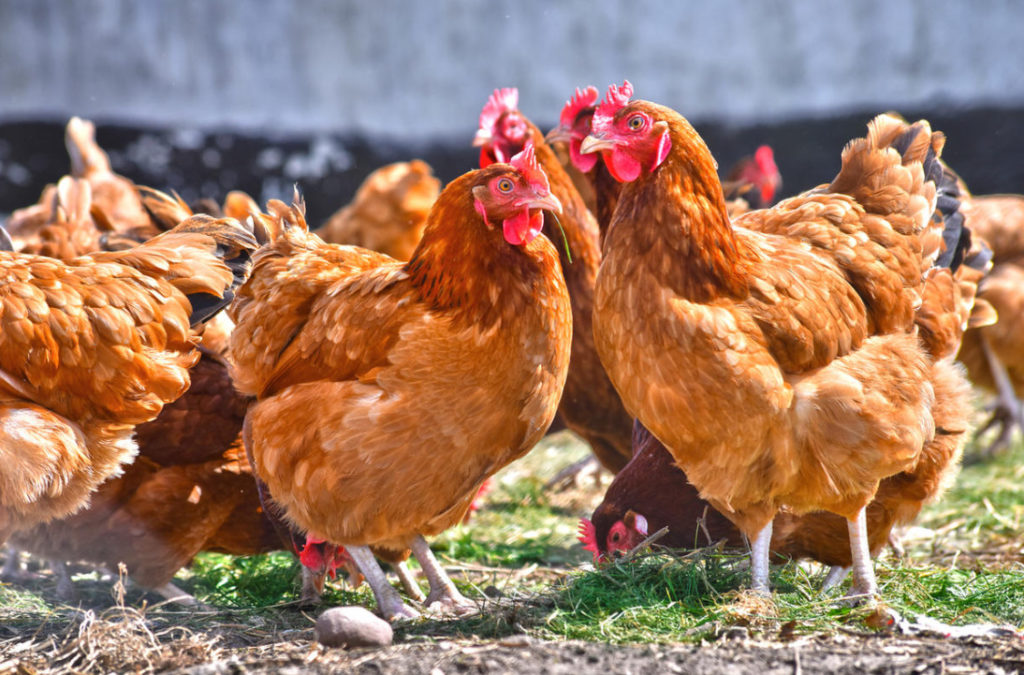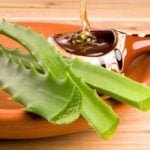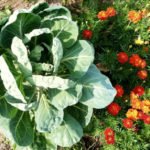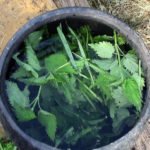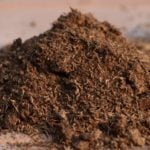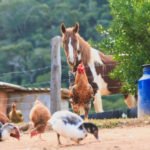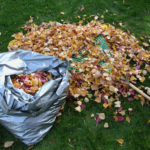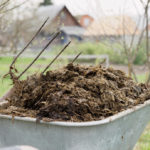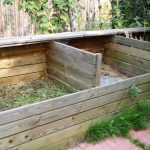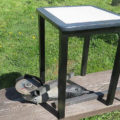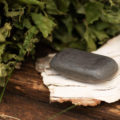Good manure is not to be found now in the village during the day with fire. The days when cows and horses were in almost every farmstead have long since sunk into oblivion. For lack of anything better, proponents of organic farming have turned their attention to bird droppings. And not in vain.
For a long time, most farmers have not considered chicken manure as fertilizer at all. Horse manure was considered one of the best for garden needs, cow manure was considered good. And this is quite strange, because in terms of the amount of substances valuable for plants and soil — nitrogen, phosphorus, potassium — bird droppings are the leaders in this three.
Let’s not dig into history, finding out the reasons for his disgrace — as you know, people tend to make mistakes. To definitely decide whether your garden and vegetable garden need it, there is a sure way — to make up your own opinion about this product.
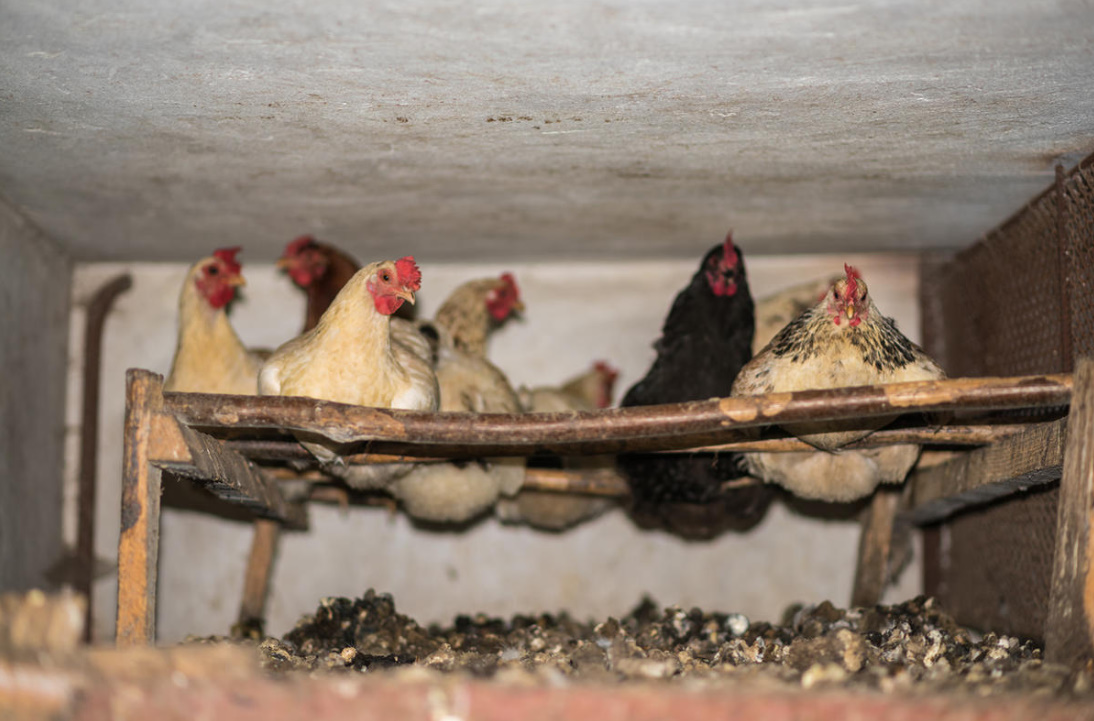
Starting material
Before proceeding to the recommendations for use, let’s look at the varieties of the original product. This is important because the properties of the litter in one form or another vary significantly, and this must be taken into account. Conditionally divide it into 4 groups:
Fresh: freshly harvested, which has not been stored yet. It can be clean or bedding (with admixtures of straw, sawdust, etc.).
Stale: it is considered such after storage from a few days to a year.
Rotted: if properly stored for 1-3 years, chicken manure becomes humus.
Dry or granular: the first includes droppings that have lost moisture naturally, the second is made by rapid drying at high temperatures (it is considered safe because helminth eggs and pathogens die after heat treatment).
Where chicken manure is useful
If you properly dispose of a natural product, it will bring considerable benefits. For example, for:
- liquid top dressing (not all plants, but more on that later);
- refueling of landing pits;
- increasing soil fertility;
- acceleration of compost maturation;
- scaring off Gryllotalpidae.
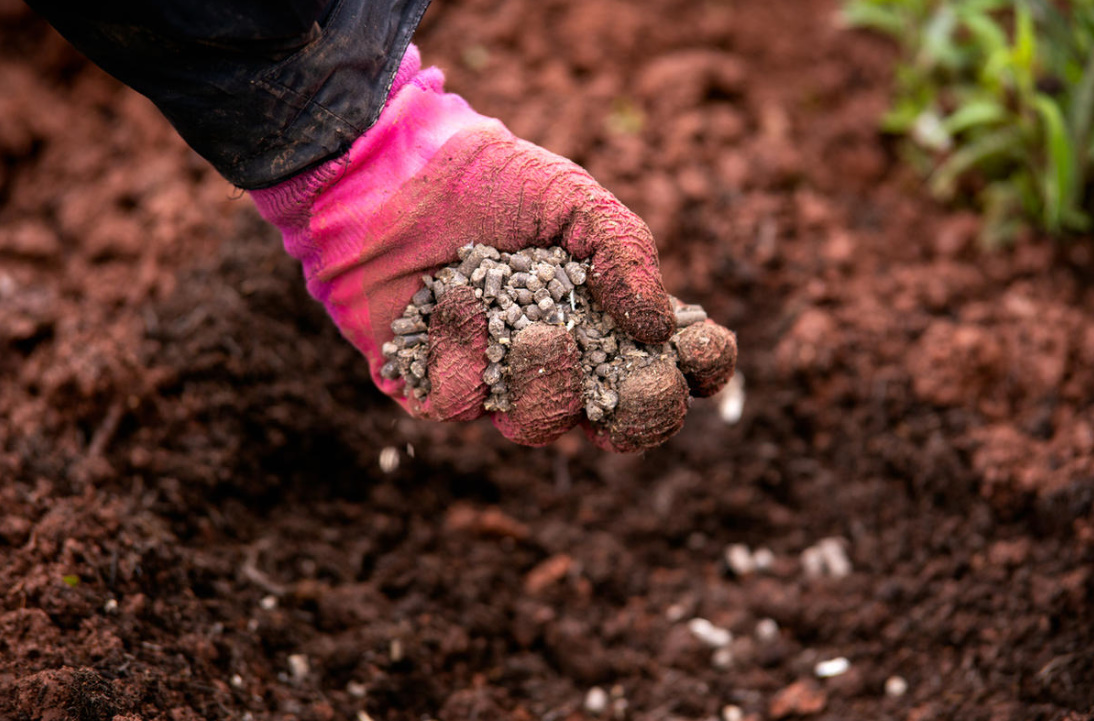
Nuances of use
Well, now let’s go directly to the specifics of the application. Most likely, their ignorance has led to the fact that chicken droppings are undeservedly deprived of the attention of gardeners.
Liquid top dressing
Experienced gardeners advise taking exclusively fresh raw materials (it is easier to dilute it, and it ferments perfectly), but you can cook from any. The litter is filled with water in the following ratio:
- fresh — per 1 kg — 1 l;
- stale — 1:3;
- dry or granular — according to the manufacturer’s recommendation.
The composition is thoroughly mixed until it becomes homogeneous, and put the container in a warm place for fermentation. The deadline for receiving the finished product ranges from 3-6 weeks. You can speed up maturation if you exclude the cooling of the container at night, for example, put it in a greenhouse.
How do you know that fermentation is complete? Some recommend focusing on the appearance of a pleasant “earthy” smell, but I advise you to wait for the right sign — the absence of bubbles on the surface of the “starter culture”.
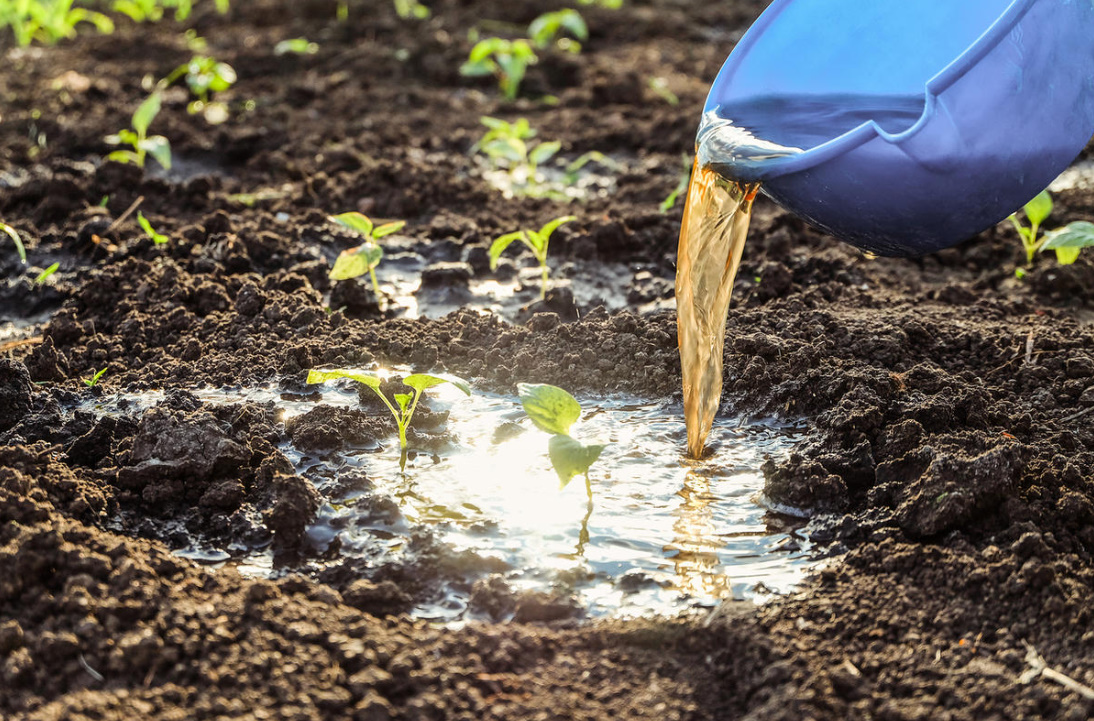
Even if the gas bubbles are not visible, do not rush to grab watering cans and buckets: the infusion is concentrated, and in its pure form it should never be poured under plants! There is no consensus on the preparation of the working solution: I have met recommendations to take from 10 to 30 liters of water per liter of concentrate.
I think in each case it is necessary to focus on the condition of plants and be sure to take into account the mechanical composition of the soil. On dense loams, the norm of the next top dressing can be made immediately, and on loose sandy ones — in several steps.
What can and cannot be fertilized
Green and root crops, early vegetables (cucumbers, zucchini and others) tend to accumulate nitrates. If you are going to feed them with chicken droppings, then be sure to balance the composition with phosphorus and potassium fertilizers (for example, add a glass of ash to 10 liters of working solution).
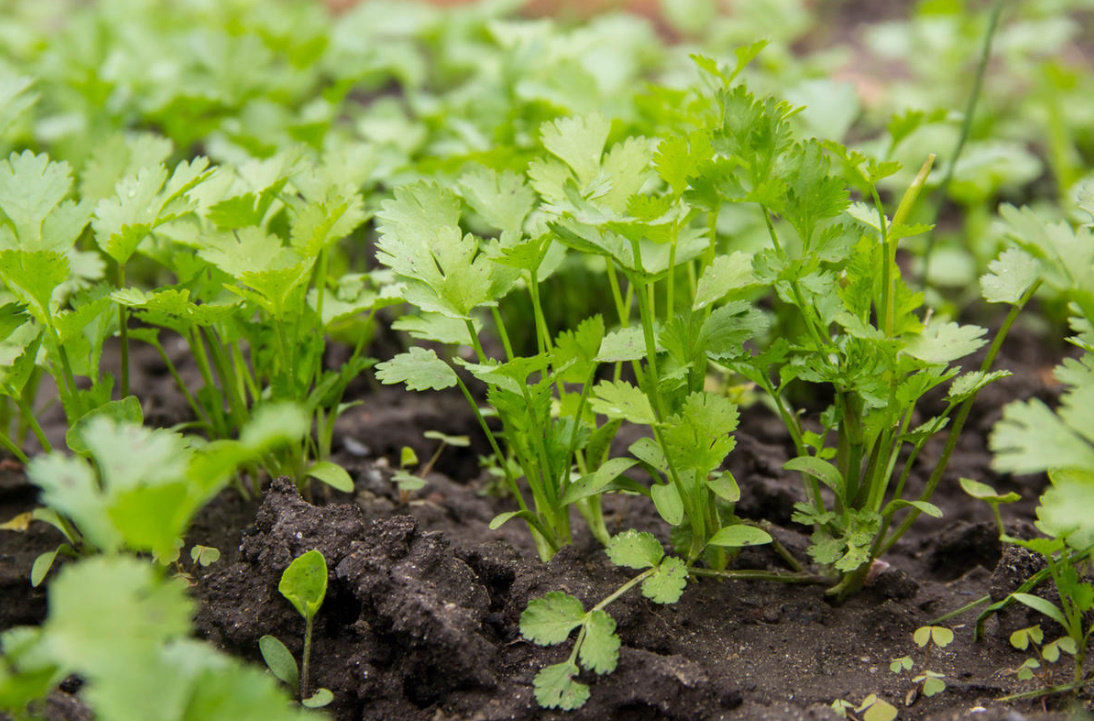
As for the use of granular manure, be guided by the manufacturer’s recommendations — the composition of the fertilizer and the application rates for different companies may vary significantly.
Cucumbers, tomatoes, eggplants, potatoes, grapes, fruit trees will be very favorable to a single top dressing (before flowering). In order not to waste time and effort on fertilizing pumpkins and zucchini, they can be immediately planted on a compost bed, which is convenient to prepare from autumn.
It is undesirable to fertilize spicy and medicinal herbs with an infusion of chicken manure: an active build-up of green mass will lead to a decrease in the concentration of essential oils in plant tissues. Who needs giant dill or giant parsley, if they are of no use, no flavor?
What does the pH of the soil have to do with it?
As is known, nitrogen starvation is often observed in soil with an increased level of acidity in plants.
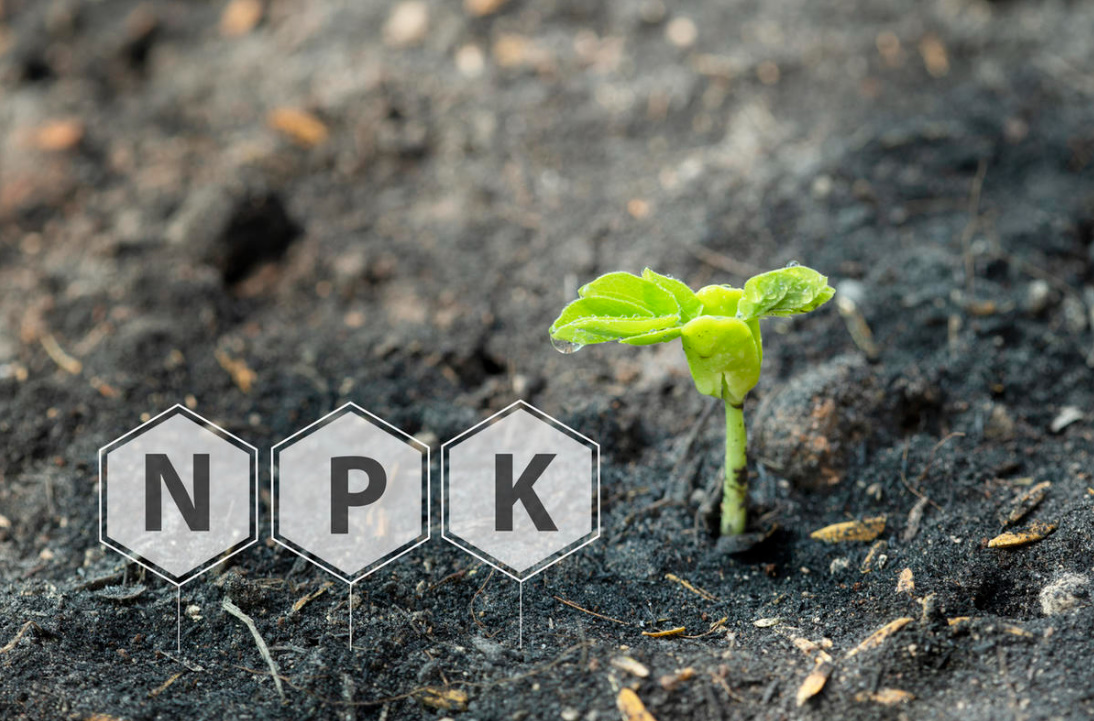
One of the best ways of express assistance will be liquid top dressing from chicken manure – nitrogen is in an easily digestible form in it.
When can I feed
Since chicken manure belongs to nitrogen fertilizers, it can be fed in spring and in the first half of summer. This applies to both fruit and ornamental crops. Later, nitrogen fertilizers that stimulate growth will do more harm than good. In the second half of summer, the forces of most fruit vegetables and trees are aimed at ripening the harvest, and they absolutely do not need new shoots! But there are exceptions, for example, cucumbers and zucchini. You don’t need the greens to ripen sooner, do you? From ornamental chicken manure, flowering annuals can be fed until late autumn. Of course, within reasonable limits, so that the active build-up of the green mass does not interfere with flowering.
Fertilize the land properly
And in this case, with the introduction of chicken manure, it is important not to overdo it. For example, a maximum of 300-400 g will be needed for 1 m2 of a pure vegetable garden, litter (depending on the ratio of litter and sawdust) — no more than 1-1.5 kg, rotted — from 2 to 3 kg. Embedding in the ground (making for digging) is preferable, but supporters of natural agriculture can limit themselves to mulching.
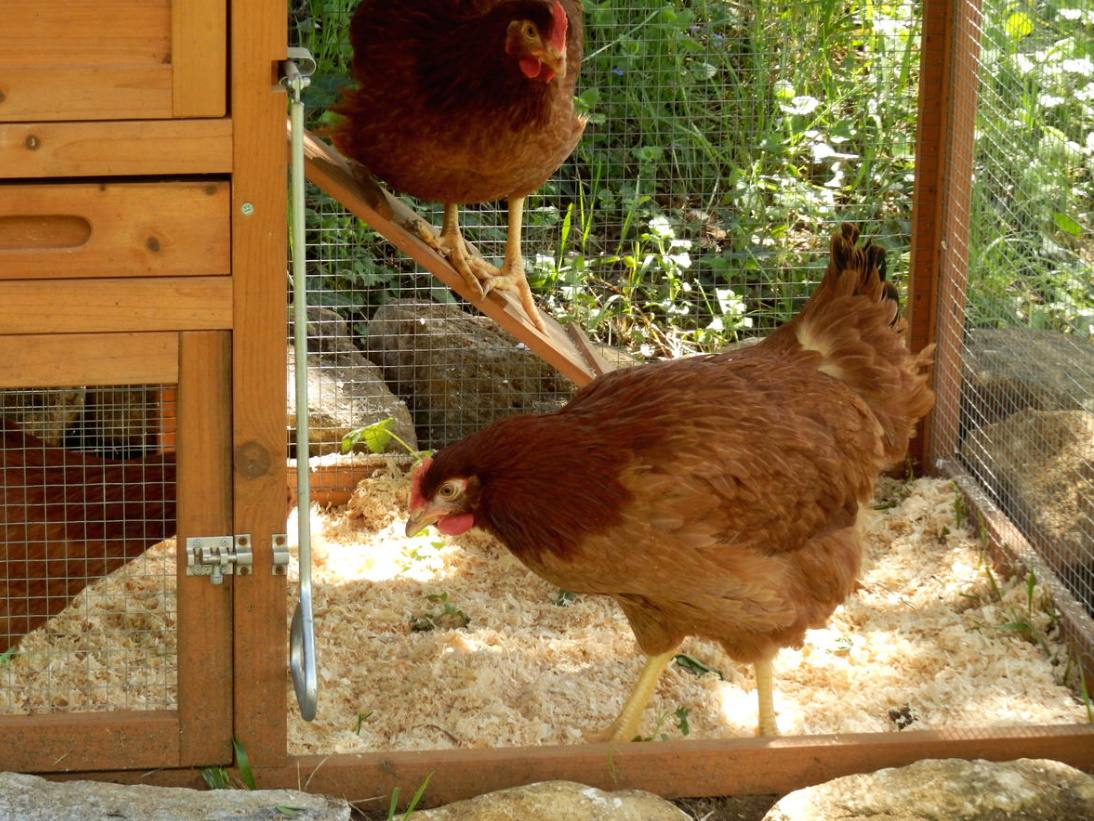
This is important: experts recommend using fresh, dry or partially rotted manure in autumn, exclusively on fallow beds. For spring soil fertilization, only rotted litter is suitable.
Take note: chicken droppings are extremely disliked by Gryllotalpidae, unlike horse and cow droppings!
Bio-accelerator of compost maturation
There are many recipes for compost preparation, and every summer resident considers his own to be the only true one. But with regard to the timing, the opinion of all gardeners coincides: the sooner the fertilizer matures, the better! Of course, the ratio of ingredients, the air temperature, and other nuances of cooking are important. And yet practice shows that adding chicken manure to the composition significantly speeds up the process!
Do no harm!
The only danger is misuse. If the garden beds are generously flavored with a fresh product, plants can really “burn out”, having received a nitrogen burn of trunks or roots. The introduction of an excessive dose into the soil will lead to the opposite effect — it will not increase, but significantly reduce its fertility.
In fairness, we note that not only with chicken droppings, you need to be more careful. There are rules of use for all types of fertilizers, and their violation will not lead to anything good.
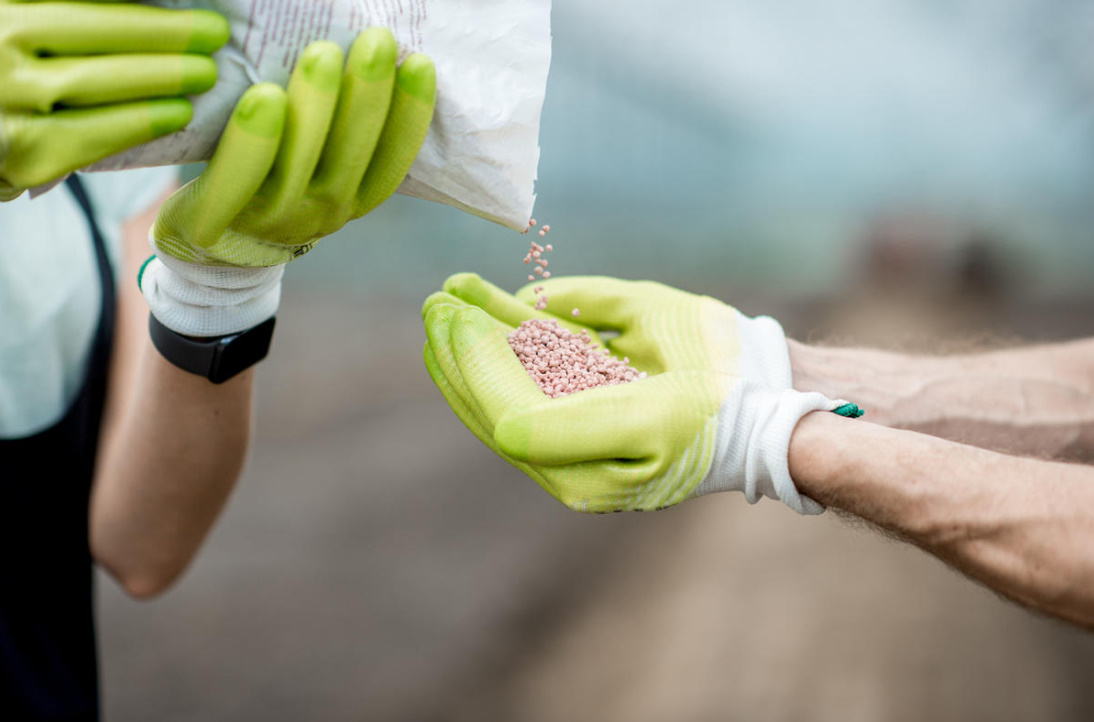
Whether your garden and vegetable garden need chicken manure or not is up to you. I tried to voice the most important pros and cons of this powerful fertilizer so that the choice was balanced and proved to be correct. If any important properties or methods of application have been ignored, be sure to tell us about them in the comments!
